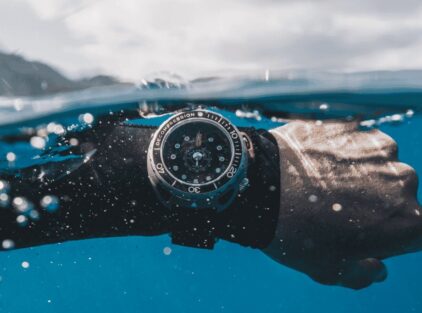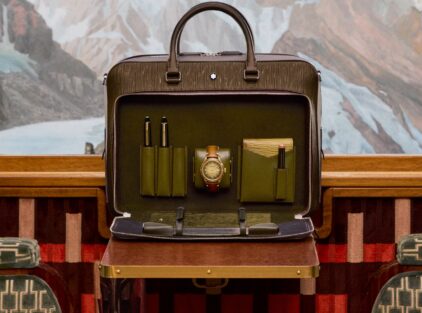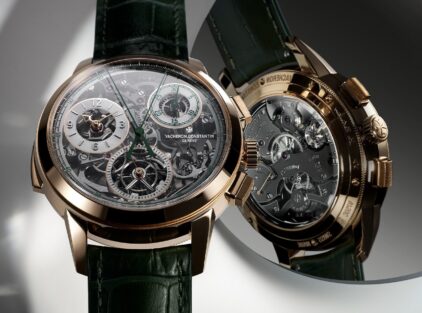By Apostolos Kotsampasis
Early in the morning the signal was given and the aerial bombardment and artillery barrage began. The calendar read 6 April 1941 and the German offensive against the country had just begun. Private Fritz Kopp participated with his battalion in the attack against the Prophets Fortress of the Rupel complex, the Metaxa Line, which stretched across the border between Greece and Bulgaria. After 4 days of bloody fighting, Kopp managed to take the fort’s flag as a prize. Thereafter he carried it with him at all times and the flag travelled all the way to the eastern front, as Kopp participated in Germany’s campaign against the Soviet Union, where he was wounded. After the end of World War II he happened to read an article about Greece. He then decided to return the flag and sent a letter to Queen Frederick on 18 April 1955. Kopp writes: “When the guns flashed on 6 April 1941 on the Struma, I was one of the unknown German soldiers. Like many of my comrades, I had a bad feeling in my chest, because Greece was a friendly and loving country to me. But we had to do our duty.
In the aftermath of the clashes on the mountain, near the highest fortifications of the Metaxa Line, I found the flag. I don’t know if it has any value or what significance it has. But I did not want it to be mistreated, so I took it and hid it in my belongings. For a long time, and even in Russia, it followed me. After my injury, it was in the hospital under my headrest. While reading an article about Greece, this flag came back to my mind and I can’t shake the thought of owning foreign property. I therefore wish to return this flag to its rightful owner and at the same time consider this as a sign of my silent love for Greece and especially for its nature. As an old hiker, for me personally, every expedition was only an opportunity to fulfil my old dream and to get to know the Balkans. I hope that once again in my life I will be able to cross the lands of Macedonia by the peaceful route.
Queen Frederica handed it over to the Historical and Ethnological Society of Greece. The flag was subsequently preserved and restored by the National Historical Museum and is now included in its collections. Its dimensions are 1.61 x 1.18 metres. The flag is mentioned in the historical publication entitled “Flags of Freedom”. A unique relic from the battle at the Rupel forts, it is on display at the National Historical Museum, in the Old Parliament Building, in the centre of Athens.













